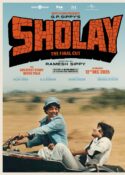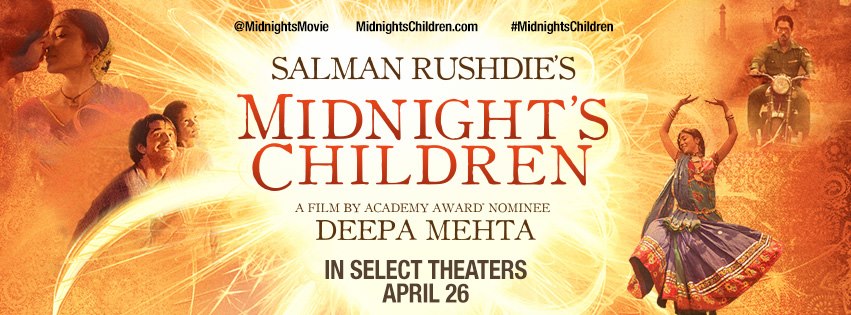 Academy Award-nominated director Deepa Mehta is all set to release her newest film Midnight’s Children in the United States on April 26 in New York City, opening exclusively at the Angelika and Beekman theaters. The film then releases on May 3 in Los Angeles and Washington D.C. followed by many additional cities on May 10. Midnight’s Children is an epic film based on the Booker Prize winning novel by Salman Rushdie. The film boasts an all star cast including Satya Bhabha, Shahana Goswami, Rajat Kapoor, Seema Biswas, Shriya Saran, Siddharth, Ronit Roy, Rahul Bose, Samrat Chakrabarti, Kulbushan Kharbanda, Anita Majumdar, Charles Dance, Soha Ali Khan, Zaib Shaikh, Shabana Azmi, Anupam Kher and Darsheel Safary.
Academy Award-nominated director Deepa Mehta is all set to release her newest film Midnight’s Children in the United States on April 26 in New York City, opening exclusively at the Angelika and Beekman theaters. The film then releases on May 3 in Los Angeles and Washington D.C. followed by many additional cities on May 10. Midnight’s Children is an epic film based on the Booker Prize winning novel by Salman Rushdie. The film boasts an all star cast including Satya Bhabha, Shahana Goswami, Rajat Kapoor, Seema Biswas, Shriya Saran, Siddharth, Ronit Roy, Rahul Bose, Samrat Chakrabarti, Kulbushan Kharbanda, Anita Majumdar, Charles Dance, Soha Ali Khan, Zaib Shaikh, Shabana Azmi, Anupam Kher and Darsheel Safary.
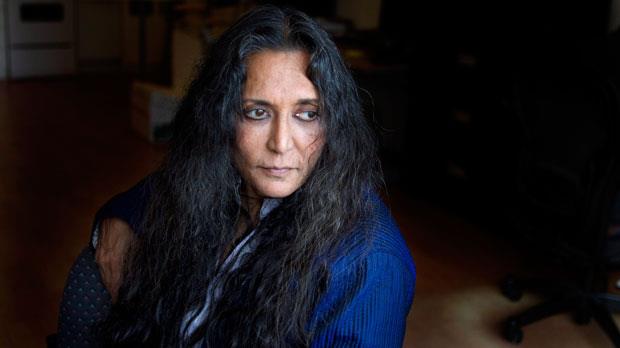 See what Deepa Mehta revealed when she sat down to give a behind-the-scenes look at her latest film Midnight’s Children.
See what Deepa Mehta revealed when she sat down to give a behind-the-scenes look at her latest film Midnight’s Children.
How she first discovered the novel Midnight’s Children
“I distinctly remember talking about the wonder of it all with a friend in 1982 while we walked around Lodhi Gardens. It had an enormous impact on me. It uncannily echoed my own upbringing and, for a novice filmmaker in the early ‘80s, the book seemed to read like a movie — full of cinematic language and rooted in popular Indian cinema. The novel’s fearless, dark humor, combined with its affection for all human foibles, stayed with me.”
What Mr. Rushdie charged for the rights of the book
“One night, over dinner, I asked Salman Rushdie who had the rights to ‘Midnight’s Children.’ He said he did. I asked to buy them and he sold the option to me for one dollar. It was not premeditated; it was just gut instinct.”
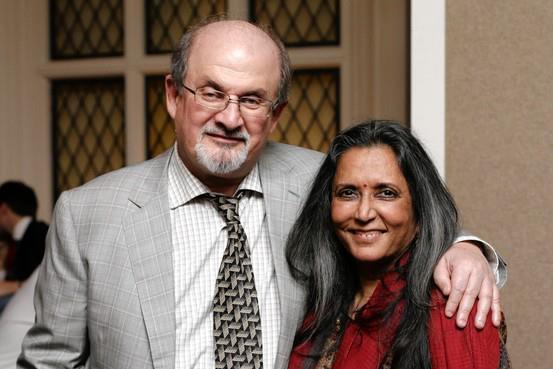
On Colloborating with Salman Rushdie
“I think the most vital factor of all was the pure delight and fun of working with Salman, and how profoundly in synch we were about the heart of the story. Salman and I have both made our homes in the Indian Diaspora; I in Canada, he in Britain and America, and we have similar complicated intertwined roots in India. Those shared perspectives and memories, plus his creative generosity and wit, kept me, and the movie, going. Salman once said about Indian born artists who have emigrated, ‘our identity is at once plural and partial. Sometimes we feel that we straddle two cultures; at other times, that we fall between two stools. But however ambiguous and shifting the ground may be, it is not an infertile territory for a writer to occupy.”
Did she feel she was ready to make a film of such an enormous scope?
“There is a saying – luck favors the prepared. The choices I have embraced in life, and the movies I made previously, have certainly given me the technical and emotional confidence to tackle an epic about my homeland, though in many ways, I felt that I was learning the filmmaking craft all over again. I knew I wanted to do it, but it required a huge amount of chutzpah to then wrap my head around actually filming it. I think that my producing partner David Hamilton’s dedication and leadership really did make it possible. Some of the most meaningful decisions in life are based on that indiscernible feeling of just knowing it’s time. And it was.”
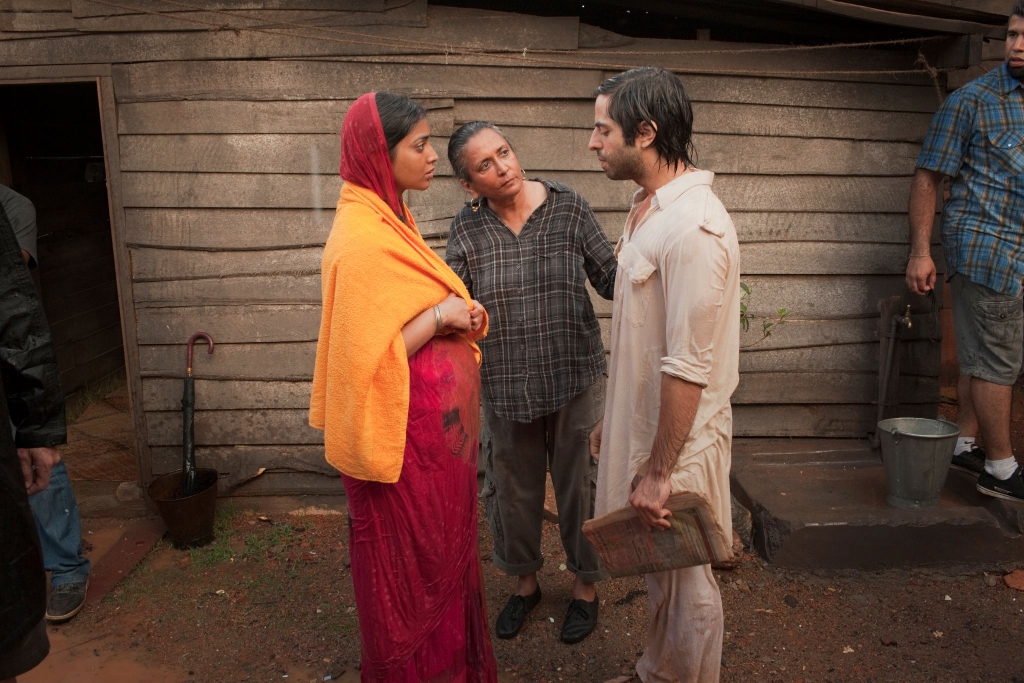
Keeping the film authentic to the five different time periods
“The most important preparation (except perhaps for the gym!), was meticulously planning the world of the movie. In Midnight’s Children we meet four generations over five very distinct time periods; there are three wars, 64 locations, and 127 speaking parts, plus animals, babies, snakes, cockroaches (Well, that didn’t really work out. Our cockroach wrangler failed). And, everything in the world of the film had to be shipped or found or designed or built in Sri Lanka. My closest ally and second brain/eyes is always my brother Dilip, who is responsible for the entire ‘look’ of this film. He fought for authenticity in every aspect of the movie: visuals, historical period, class, accents, religious backgrounds…no detail too large (wars, helicopters, parades) or too small (ants, lizards) to escape his scrutiny. There is no one else whom I fully trust who knows the historical landscape and the ‘real’ India, and who could create all of this flawlessly and with such a passion for accuracy and for beauty.”
Magical realism
“I always wanted to show the fabulist as realism. I never wanted masses of CGI and visual effects. There are some effects in the movie, but pretty minimal. I wanted the fantastical elements to be grounded in reality. Salman has described the Children as ‘gifted or cursed with telepathy.’ It’s up to audiences to draw their own conclusions about Saleem’s experiences, his loneliness, his vivid imagination and the Children’s corporeal reality. The movie intentionally plays around with time shifts, foreshadowing, dreams and witchcraft. The most significant magical item is probably Parvati’s basket of invisibility, yet it is used in very practical and credible ways. Or at least the character Picture Singh believes so…and magicians are the last to believe in real magic. For me the film magically changes the definition of family. By the end of the movie, Saleem’s concept of family (and perhaps ours) is truly transformed.”
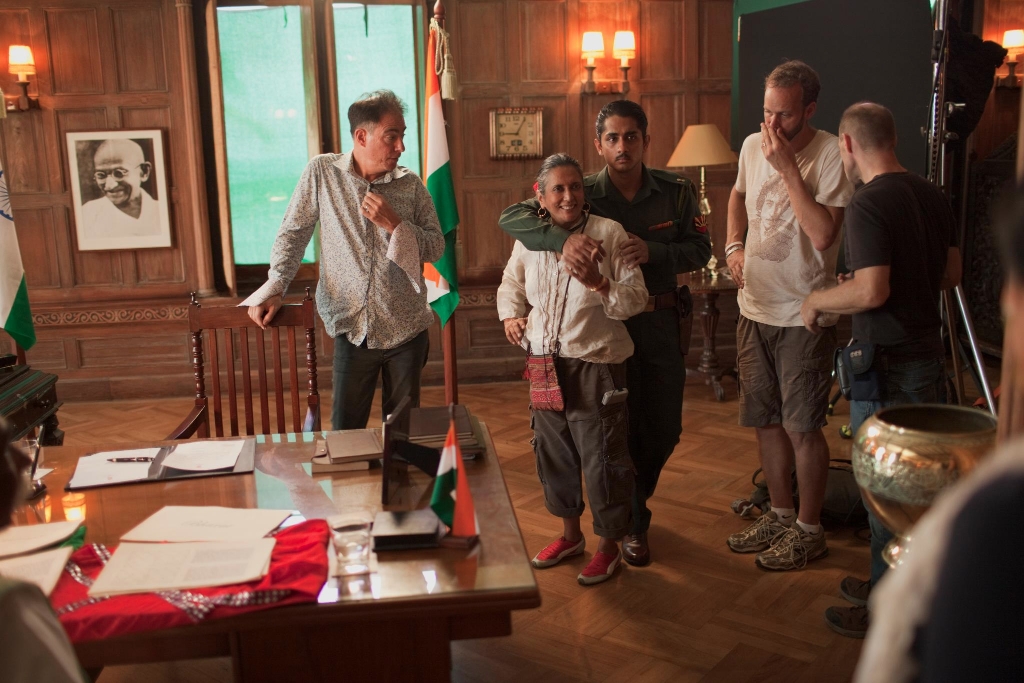 Working with the cast
Working with the cast
“Preparation with the cast is a given. A month before shooting there was an intensive workshop in Mumbai with the actors and me, led by my friend Neelam Choudhry, a theatre director from Chandigarh. This was not a rehearsal of the script; it was work based on the Natya Shastra, a treatise written in India in the 4th century AD about the art of drama, which includes a rasabox or grid of nine essential mental states and emotions: love, repulsion, bravery, cowardice, humor, eroticism, wonderment, compassion, and peace. This intensive work knitted us together as a group and grounded us in the emotional arcs of the film. Since I don’t use shot lists or storyboards, the actor motivates my camera. From the actors I know what the emotional center of the scene will be and then we shoot it. By now, director of photography Giles Nuttgens and I have a finely honed shorthand.”
Putting the epic story together
“The movie came together: cut by cut, screening by screening. From intimate personal story – to family saga – to epic. We protected the personal, the intimate, and the emotional core of all the characters inside this roomy canvas, full of disasters, wars, and shattering events. That was not always easy, nor was figuring out how much of the history and politics to include. This is a movie for audiences all around the world who will have very differing amounts of knowledge about India and we did not want to over explain, or under explain.”
The story of a boy and a country in Midnight’s Children
“It is a coming-of-age story, full of the trials and tribulations of growing up, and of the terrible weight of expectations. What separates it from other thematically similar films is that this coming-of-age story is not only about a boy but also about his country, both born at the very same time at a pivotal point in Indian history. Saleem’s journey as our vulnerable, misguided hero is always intertwined with the struggles of the newly independent India, as it finds its own voice in the world.”





